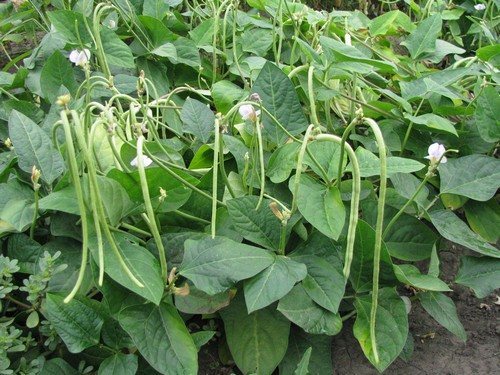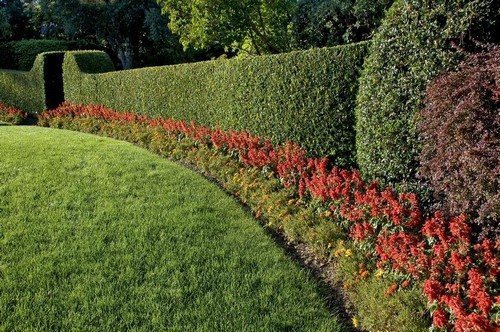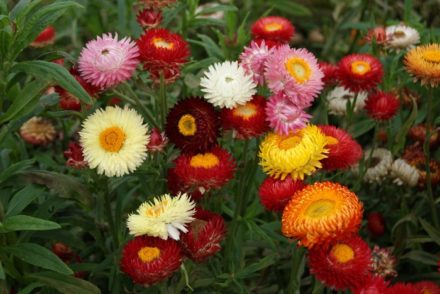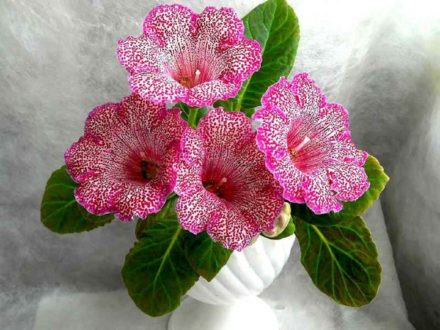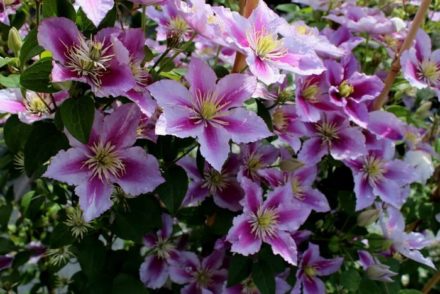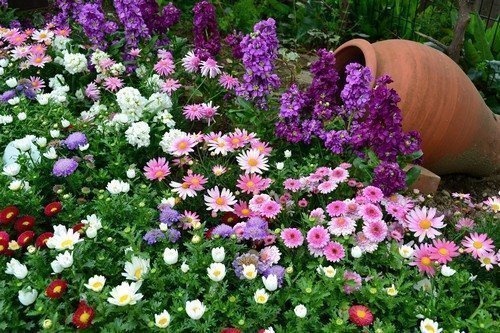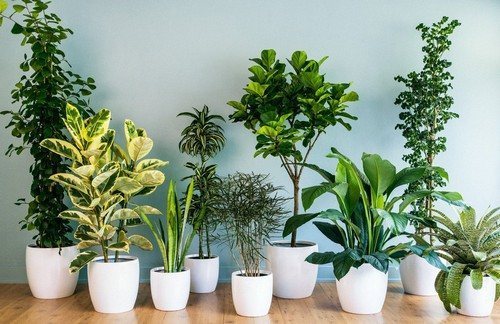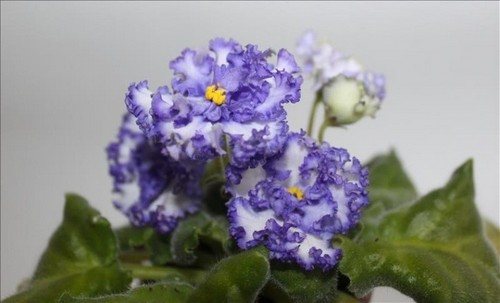5 garden crops that require no farming experience to grow.
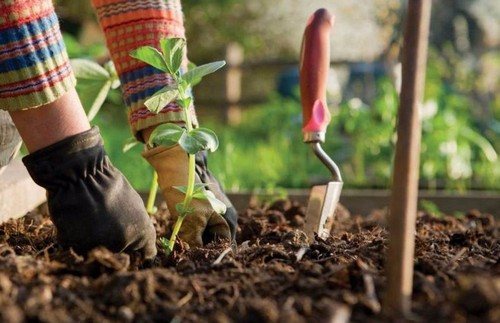
Horseradish is easier to plant than to get rid of it
The undisputed leader of the top five is horseradish. The plant is perennial, grows well in the shade, any soil will suit it. It grows so quickly that if its planting is not limited, it will take over the entire garden and will be very difficult to get rid of.
Planted with roots. Choose a couple, about twenty centimeters long. Then they prepare a hole up to forty centimeters deep and arrange a fence in it from available material that can stop the growth of roots. Some people choose metal cans or old buckets for planting horseradish. This is a guarantee against unwanted spread of horseradish.
The root is planted inside the prepared and protected hole and covered with earth. The process is over. The only thing that is required of the gardener is to water them from time to time when the leaves appear.
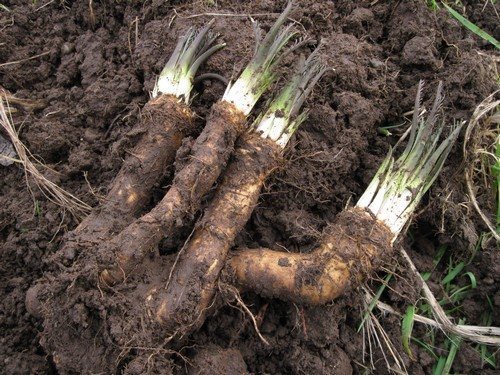
Rhubarb - pharmacy in the garden
Like horseradish, rhubarb is a perennial plant that grows well in the shade. Can be propagated by dividing the bush, planting roots, or seeds. To make rhubarb grow faster, you need to plant part of its root. Planting it with seeds is also not difficult, but the harvest can be obtained no earlier than in two years. Part of the root should be rolled in ash and buried at a depth of five to eight centimeters.Seeds, in spring or autumn, are immersed in the ground to a depth of one and a half centimeters. After waiting for the shoots to sprout, they select those that are stronger and plant them in places of permanent residence. All that remains is to water the plantation. Housewives use rhubarb to create culinary masterpieces such as rhubarb soup and pies. The benefits of rhubarb are enormous. Here are some of its properties:
- It contains a large amount of pectin and coarse fiber.
- Used as a mild diuretic and decongestant.
- Eliminates intestinal problems. With its help you can get rid of constipation and remove toxins.
- Helps strengthen the walls of blood vessels, capillaries, and provides nutrition to the heart muscle.
- Facilitates breathing, thins the blood, and is a strong antioxidant.
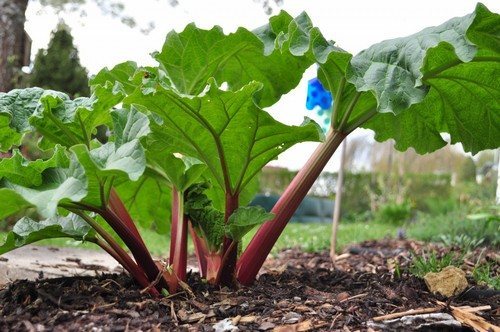
Growing Vitamin Greens
Growing lettuce, spinach, sorrel, and chard does not bring any trouble. All this greenery will be on the table from the beginning of summer. To do this you need:
- Prepare the beds (loosen and mark).
- Place the seeds into the prepared furrows.
- Cover the planting with soil.
- Water the planting.
All that remains is to wait for the shoots. Sorrel loves shade. The rest of the greens prefer the sun, but they do well in shaded areas.
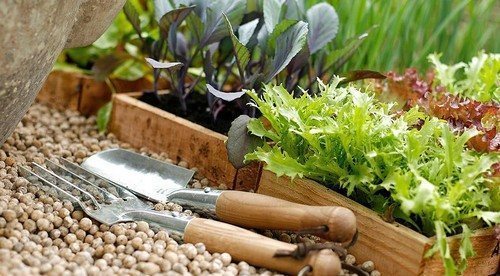
Without beets there is no garden
This popular root vegetable differs from all others in that, apart from watering, it does not require any care. There is one condition - the soil should not be acidic. And this problem is easy to fix. She likes the sun, but doesn't mind partial shade either. Sometimes, instead of allocating a separate area for it, it is planted along the edge of areas sown with other crops.
Seeds are planted in the spring in open ground. After the emergence of seedlings, the planting must be thinned out. Removed sprouts are transplanted to other places. Beetroot requires abundant watering only during periods of drought. In normal mode, it is enough to water it no more than once every three days.
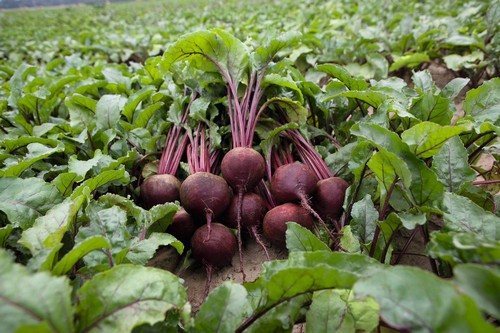
Planting green beans
Green beans, at a minimum cost, can provide food for a family all summer and autumn. And if you freeze it, it will last until the new year. And all this from four, maximum six bushes.
To plant bush beans, there is no need to use high trellises, and their agricultural technology is very simple. To prevent the bushes from being damaged by frost, planting is done at the beginning of the summer season. Seeds are soaked in water for 24 hours before planting.
Planting is carried out according to the following scheme: thirty centimeters between the bushes, fifty centimeters between the rows, three centimeters deep. The harvest can be harvested within a month. The main thing is to collect beans in a timely manner, without allowing the seeds in the pods to ripen. If this rule is not neglected, the fruiting process will continue until the beginning of autumn.
It is enough to water the planting once a week. Once every two weeks you need to loosen the soil between the rows. You can cover the subsidence with mulch. Then there will be no need for loosening and you can water the bushes less often.
